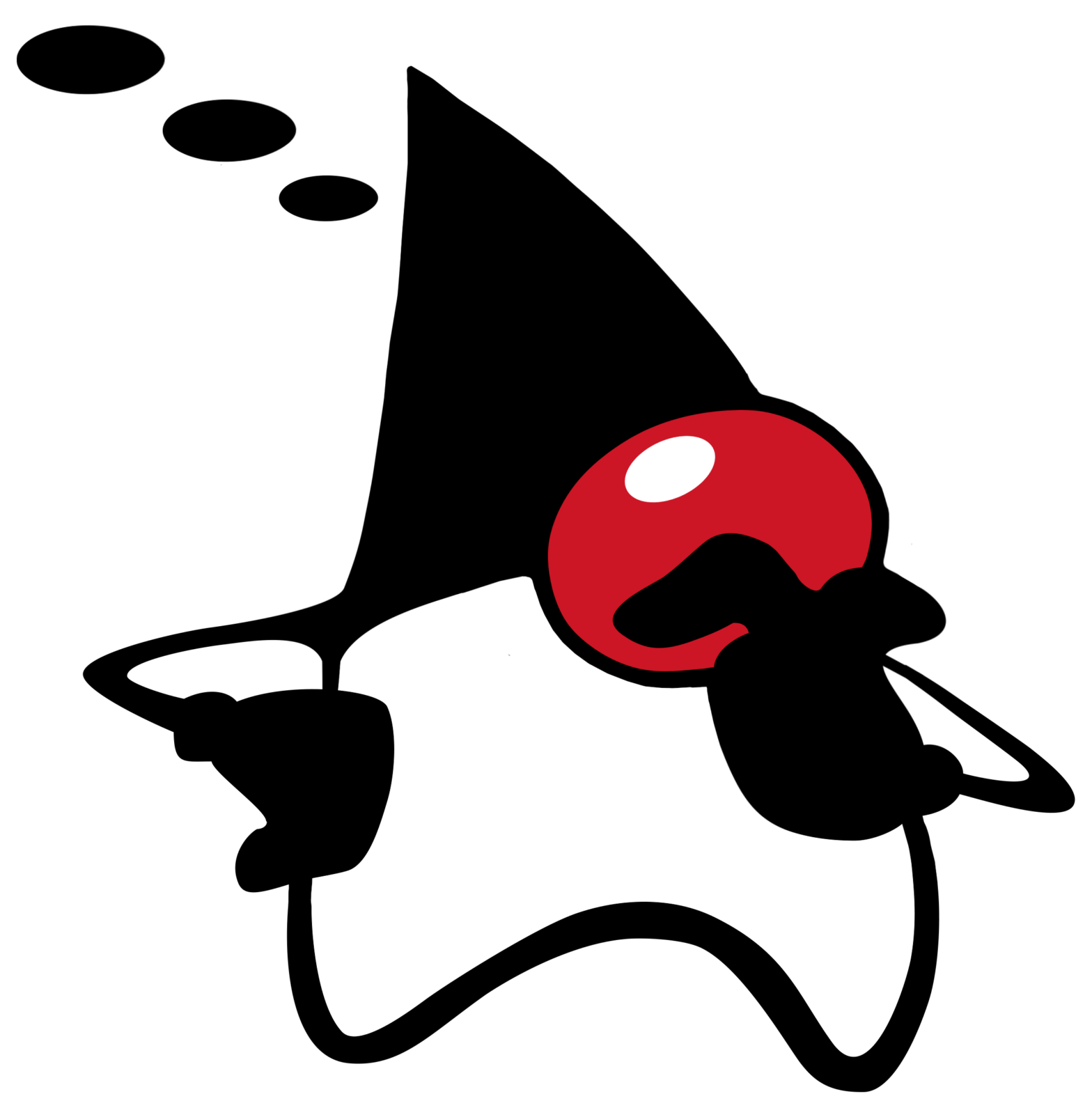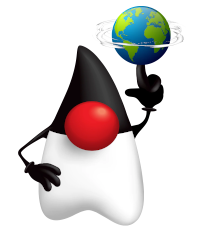Before the last month I hadn’t written any Java in anger in 20 years. My professional path took me into the world of communicating and away from programming. Now it’s converged again as I embark on my developer advocacy journey. One of the things that I’ve already learned is that the Java world has changed, a lot. This blog gives you a whirlwind tour of the last 20 years, specifically with ownership and versions.
When I skipped town, Java was owned by Sun Microsystems and incrementing versioning in a fairly standard way. They started with 1.0 JDK in 1996, then 1.1 JDK in 1997, it became J2SE at version 1.2 in 1998, moving to 1.3 in 2000, and then 1.4 in 2002. You get the idea. Imagine my surprise when they jumped to Java SE 5.0 in 2004.
Now there’s one really important point here that I know if I don’t mention it I will officially be “wrong on the internet”. There is a difference between what Sun called Java to the masses and what it really was underneath. For that reason I’ve distinguished between the marketing name and the version that would have been returned had you asked Java what version it was in the following diagrams. The text uses the marketing name for ease of reading.
Another two years went by, and we ushered in Java SE 6 in 2006 – this release didn’t have a minor version either, just 6, outwardly at least. There was then a strange lull until 2011 (that’s 5 years!) before we said hello to Java SE 7. This gap is at least partly explained by Oracle Corporation buying over from Sun Microsystems on the Java front. Java has had its fair share of criticism when it comes to the speed of its growth, I presume in part due to this lull.
However in 2011 Java 7 landed and the world moved on again. I got married in that lull and learned that real adulting largely involved early nights and paying bills. Apparently you can’t get by on 4 hours sleep and a large quantity of wine.
The unstable cadence of releases continued for a bit with Oracle at the helm, but 2014 brought us a huge release in the form of Java 8. Oracle also labelled this a Long Term Support (LTS) release, which means that there are some licensing implementations for the OracleJDK which I’ll cover in a future post.
Another couple of years went by, I found out that I liked lifting weights, and in September 2017 we saw Java SE 9 with Java SE 10 hot on its heels in March 2018. Wait a minute! Did you just say 6 months between a release? Yes, yes I did.
And that’s why, in 20 years we were now almost on Java SE 15; Oracle’s model of releasing is every 6 months. It doesn’t matter what is in there, they will categorically release Java every six months and they will increment the whole version number when they do so. Whatever functionality is finished goes in. I will cover exactly how functionality gets into Java in a future post.
At time of posting we’re rapidly marching towards the September 2020 release of Java SE 15! Java has changed, a lot. It has grown, it has matured and it’s stronger than ever. That makes two of us!
Duke


